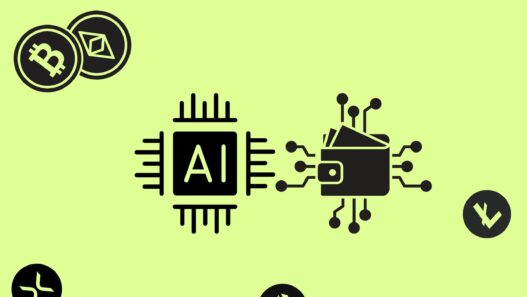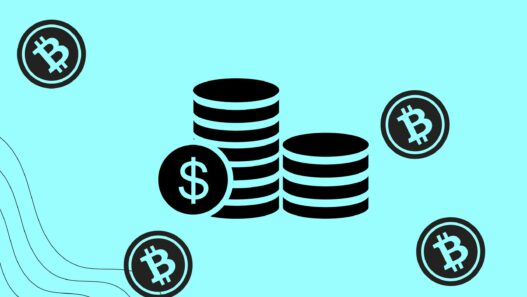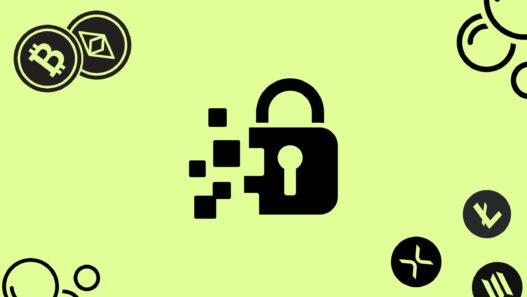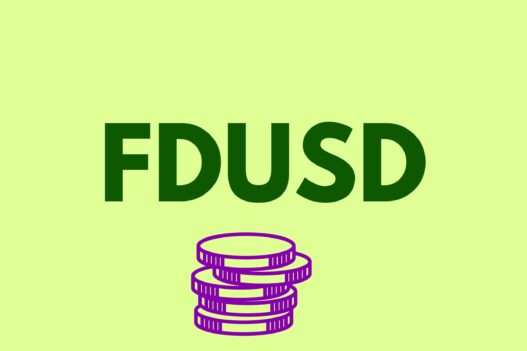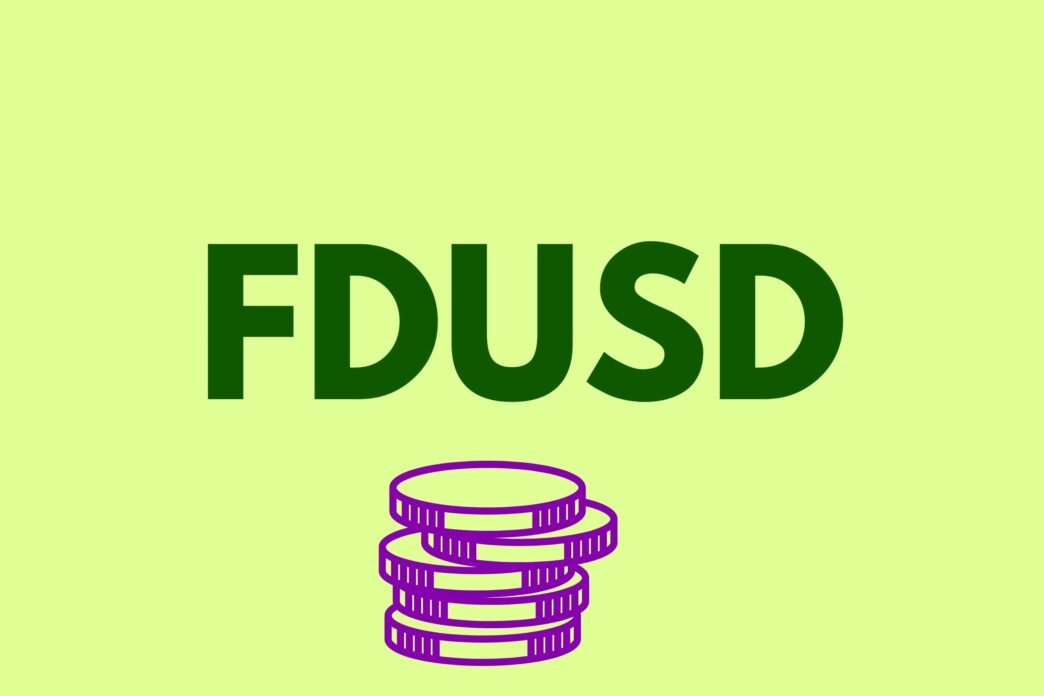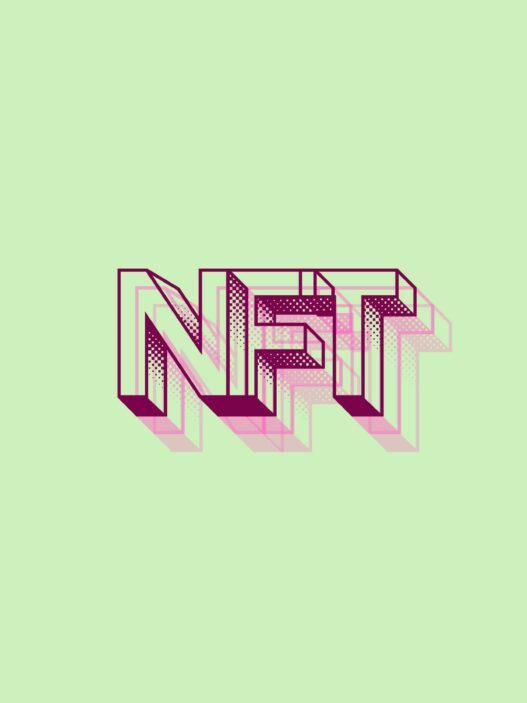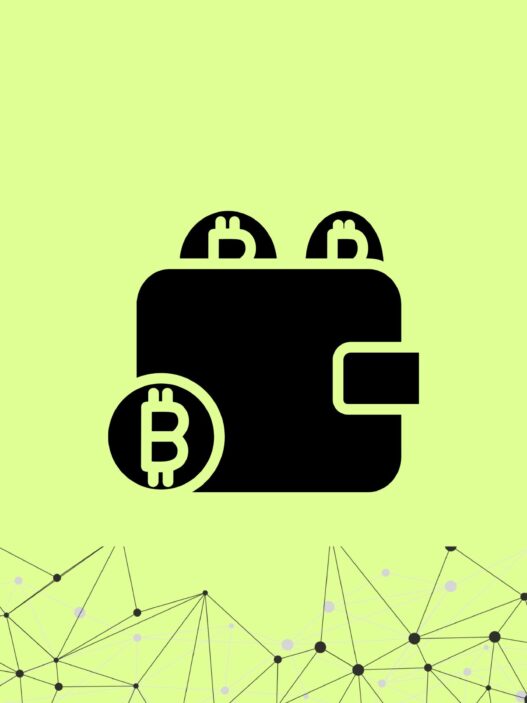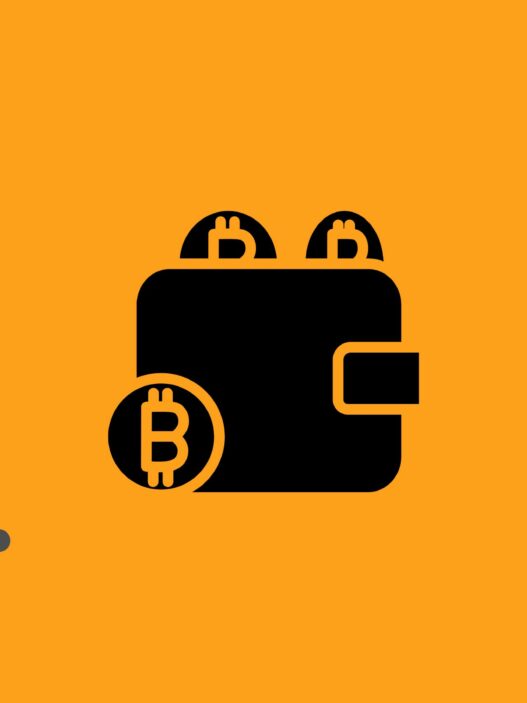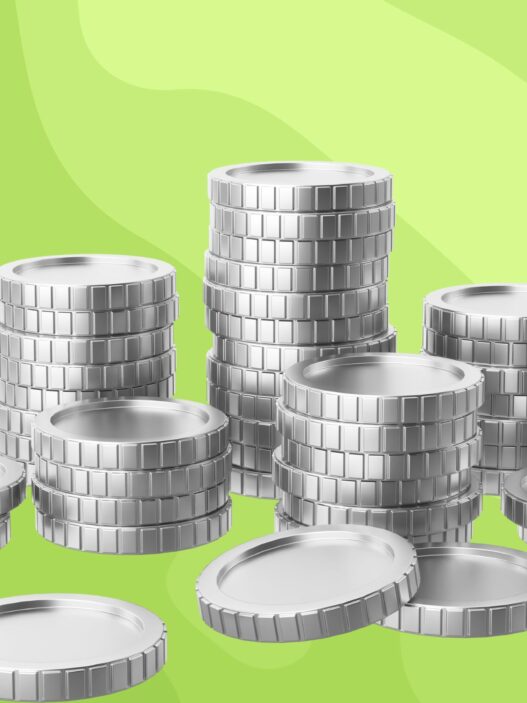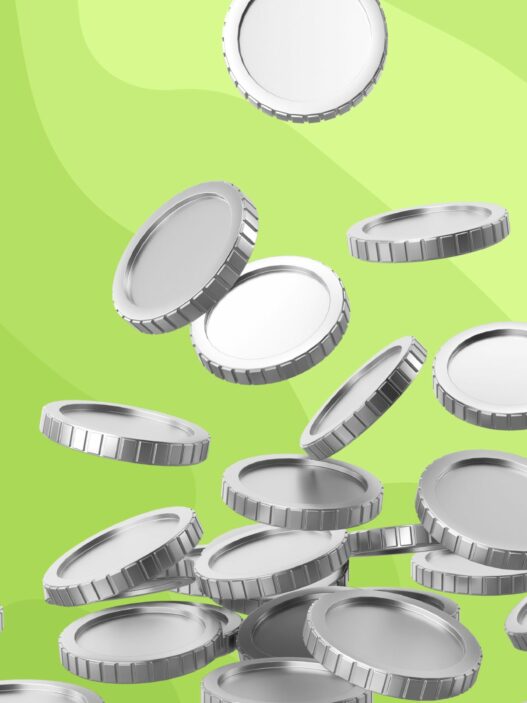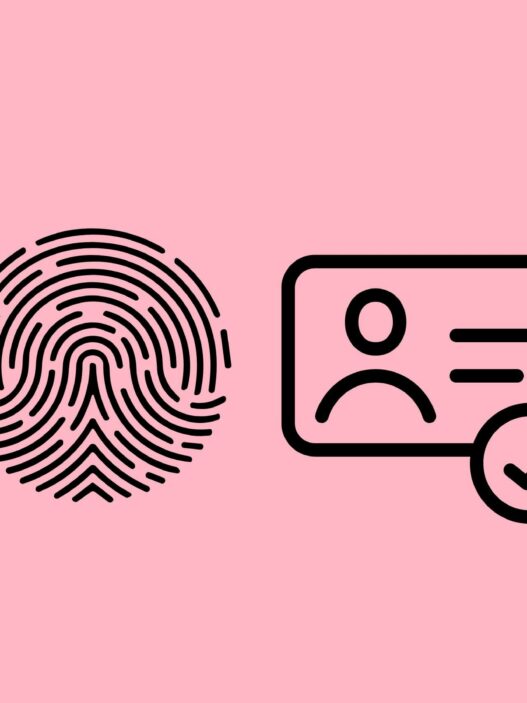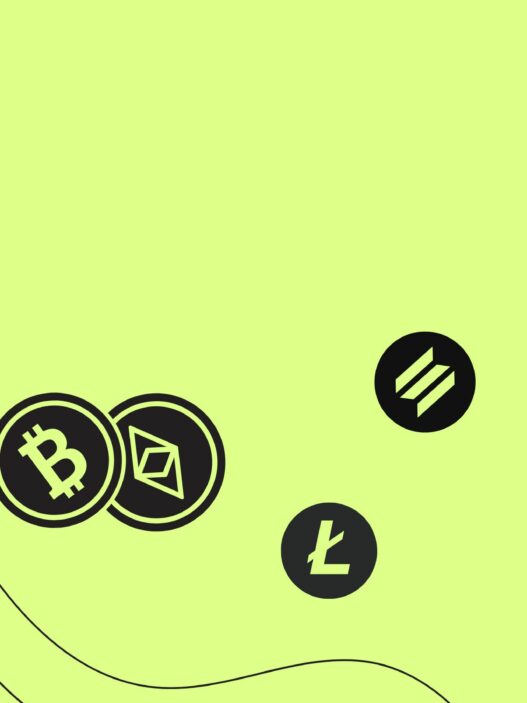A New Contender in the Stablecoin Market
Stablecoins have become a vital part of the cryptocurrency ecosystem, offering a bridge between traditional finance and digital assets. Among the latest entrants is First Digital USD (FDUSD), a stablecoin issued by First Digital Labs, a Hong Kong-based financial company. FDUSD aims to provide stability, regulatory compliance, and efficiency for digital transactions. This article will explore what FDUSD is, how it works, its applications, and its future prospects.
What is FDUSD?
FDUSD is a U.S. dollar-pegged stablecoin, meaning that its value is intended to remain equal to $1 at all times. It is backed on a one-to-one basis by reserves held in segregated accounts at regulated financial institutions in Asia. The coin is issued by First Digital Labs, which is part of the First Digital Group, a trust and custodian company focused on digital assets.
FDUSD is programmable, allowing it to be used for automated financial transactions, escrow services, and insurance contracts without intermediaries. It currently operates on the Ethereum and BNB Chain blockchains, with plans to expand to other networks.
How FDUSD Works
FDUSD follows a model similar to other centralized stablecoins like USDT (Tether) and USDC (USD Coin). Here’s how it works:
- Issuance – Users or institutions deposit fiat currency (USD or equivalents) into First Digital’s reserve accounts, and an equivalent amount of FDUSD is issued on the blockchain.
- Transactions – FDUSD can be sent, received, and traded like any other cryptocurrency, with low transaction costs and fast settlement on supported blockchains.
- Redemption – Users can exchange FDUSD back into fiat currency, ensuring that each token maintains its peg to the U.S. dollar.
- Reserves and Stability – The reserves backing FDUSD are held in segregated accounts at regulated financial institutions, increasing transparency and security.
Unlike algorithmic stablecoins (such as the now-collapsed TerraUSD), FDUSD is fully backed by real assets, reducing the risk of depegging and collapse.
Key Applications of FDUSD
FDUSD’s stability makes it useful for a variety of financial applications, including:
1. Trading and Liquidity on Crypto Exchanges
FDUSD is already listed on Binance, one of the world’s largest cryptocurrency exchanges. Binance even introduced zero-fee trading for FDUSD pairs to encourage adoption. This makes FDUSD an attractive option for traders looking for a stable asset during market volatility.
2. Cross-Border Payments and Remittances
Stablecoins like FDUSD can be used for fast and low-cost international transfers. Unlike traditional banking methods, which can take days and involve high fees, FDUSD transactions settle in minutes with minimal costs.
3. Decentralized Finance (DeFi) and Smart Contracts
Since FDUSD is programmable, it can be integrated into DeFi applications, including:
- Lending and borrowing platforms – Users can earn interest on FDUSD deposits or take loans against FDUSD collateral.
- Yield farming and staking – FDUSD could be used in liquidity pools to earn passive income.
- Automated payments – Businesses and individuals can set up programmable transactions, such as escrow agreements or insurance payouts.
4. A Hedge Against Inflation and Currency Fluctuations
For people in countries with high inflation or unstable local currencies, FDUSD offers a safe store of value. It allows users to hold U.S. dollar-equivalent assets without needing a U.S. bank account.
Current Developments and Challenges
1. Regulatory Compliance in Hong Kong
FDUSD is launched at a time when Hong Kong is becoming a crypto-friendly hub. The city has introduced new guidelines for virtual asset trading platforms, ensuring strict oversight of custodial services, client asset segregation, and cybersecurity measures.
2. Binance’s Role in FDUSD Growth
Binance’s support has been crucial for FDUSD’s early success. However, Binance’s initial FDUSD listing faced technical issues, which temporarily halted trading. Since then, FDUSD trading has resumed, and its supply is expected to grow due to Binance’s large user base.
3. Competition with Other Stablecoins
FDUSD enters a market dominated by Tether (USDT), USD Coin (USDC), and Dai (DAI). To gain widespread adoption, it must prove its stability, transparency, and compliance with financial regulations.
What Does The Future Holds
FDUSD has strong potential due to its regulatory backing in Hong Kong, support from major exchanges, and integration with DeFi applications. However, its long-term success will depend on:
- Increased adoption by exchanges, businesses, and payment processors.
- Regulatory clarity in Asia and other regions.
- Competition from other stablecoins with stronger market dominance.
As stablecoins become more regulated and integrated into the global financial system, FDUSD could play a key role in the digital asset economy.
Disclaimer: This content is purely for informative purposes and holds educational purposes. Before investing in cryptocurrencies, conduct thorough research and due diligence. Neither the author nor the publication is liable for any financial losses you may incur.

